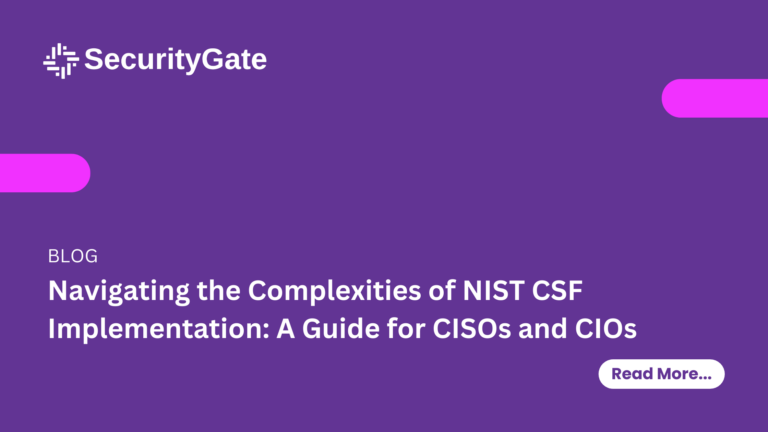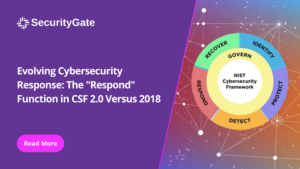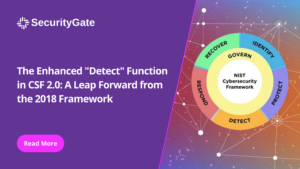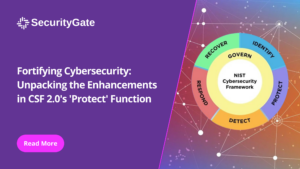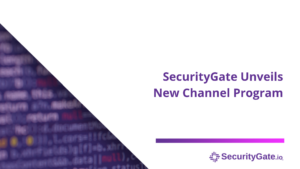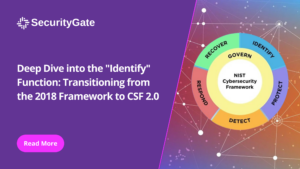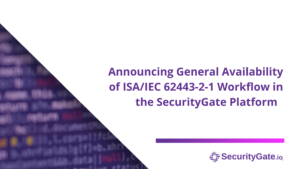In the realm of cybersecurity, the NIST Cybersecurity Framework (CSF) has emerged as a cornerstone for organizations striving to fortify their cyber defenses. However, despite its widespread recognition and adoption, implementing NIST CSF can be a complex and challenging journey, especially for organizations grappling with limited resources and skill sets. This article provides guidance on the intricacies of NIST CSF implementation, leveraging insights from the evolving landscape of cybersecurity frameworks.
Understanding the Evolution: From NIST CSF to CSF 2.0
The NIST CSF, introduced in 2014, was a pioneering effort in standardizing cybersecurity controls and requirements. It provided a structured approach for organizations to assess and enhance their cybersecurity posture. However, the initial framework posed challenges, particularly in its complexity and the absence of specific controls, which led to confusion regarding implementation strategies.
Responding to feedback, the NIST CSF 2.0 aims to streamline the framework, offering more straightforward guidance for technical and non-technical stakeholders. This update, scheduled to be released in early 2024, is crucial as it balances detailed risk management with adaptable language, enabling a more coherent and comprehensive approach that is risk-based to cybersecurity across various organizational levels.
The updated NIST CSF 2.0 offers several enhancements over its predecessor, including six functions, 21 categories, and 112 subcategories1, making it more user-friendly and adaptable to diverse organizational needs. A few key improvements include:
- More explicit guidance: The framework provides more specific instructions and examples, simplifying implementation and reducing ambiguity.
- Improved risk management: CSF 2.0 incorporates a more robust approach to risk management, helping organizations prioritize their efforts based on potential impact.
- Governance: The new “Govern” function emphasizes leadership accountability and oversight, ensuring long-term commitment to cybersecurity initiatives.
Addressing Implementation Challenges
A core challenge in implementing the original NIST CSF was the lack of direct controls and the need for an extensive asset inventory. This led to uncertainties around the practical aspects of the framework – “what, why, and how.” The updated CSF, with its updated reference tool, seeks to alleviate these challenges, yet organizations continue to struggle with aligning assessments to business outcomes and estimating the necessary investments.
In the IT/OT convergence era, the role of CISOs and CIOs in championing risk mitigation has become more prominent. However, there often exists a gap in moving forward, particularly in conveying the severity and impact of assessment results. This analogy can be likened to a doctor’s diagnosis – understanding the problem is only the first step; the real challenge lies in deciding the course of action.
The reality for most organizations and often the hardest step is the alignment of business outcomes, resources and priorities. This is the soft skill side of leadership that takes immense preparation, understanding of the strategic goals and influence.
Embracing CSF 2.0 Solutions
The CSF 2.0 brings forward several enhancements to aid organizations, especially smaller firms, in effective implementation. For instance, creating profiles allows organizations to align cybersecurity outcomes with specific business needs and use cases, e.g., Cybersecurity framework or Manufacturing Profile. This approach facilitates identifying gaps by comparing ‘current’ and ‘target’ profiles.
Additionally, the introduction of “tiers” provides a contextual understanding of how an organization perceives cybersecurity risk and the processes in place to manage it. These tiers, ranging from partial to adaptive, offer insights into integrating cybersecurity decisions and the extent of external information sharing.
Leveraging SecurityGate for Streamlined Global Implementation
SecurityGate is a transformational SaaS platform in this landscape, designed to automate, scale, and execute NIST standards and over 20 other standards effectively. It simplifies the traditionally manual and prolonged process of CSF implementations, including:
- Automated assessments: Streamlines the assessment process and reduces manual effort.
- Collaborative platform: Facilitates communication and transparency across teams and locations.
- Visual global dashboards: Provides real-time insights into cybersecurity posture and progress. For example, stakeholder, region, and facility/asset-level dashboards.
- Customizable profiles: Enables tailoring of the framework to specific organizational needs.
- OT-specific features: Addresses the unique challenges of securing OT environments.
- Extensive support: Offers comprehensive training and support materials to guide users through implementation.
- DIY Configurable Assessment Module Builder: Enables organizations to utilize their own policies, framework adaptations, and alignment to relevant regulations.
The SecurityGate Platform currently supports five domains – identify, protect, detect, respond, and recover. The sixth domain, Govern, is currently planned for early 2024 platform release. The updated features will provide a straightforward means for leadership to track progress without delving into technical specifics, making it an invaluable tool for CISOs, executives, and Boards.
Charting a Path Forward
For CISOs and CIOs, the journey of aligning their organizations with the NIST CSF is not without its hurdles. However, with the advancements in CSF 2.0 and SecurityGate’s Platform and Services, this path becomes more navigable. Embracing these resources can empower leaders to develop a robust and sustainable risk management program, ensuring a secure and resilient cyber infrastructure for their organizations.
Remember, successfully implementing the NIST CSF 2.0 is a collaborative effort that requires leadership commitment, strategic planning, and ongoing adaptation. By embracing this approach, CISOs and CIOs can empower their organizations to achieve a strong and resilient cybersecurity posture.
This article serves as a starting point for cybersecurity experts. To delve deeper into specific aspects of implementation, consider exploring the following resources:
- NIST CSF 2.0 website: Provides detailed information, resources, and guidance on the framework.
- SecurityGate website: Offers comprehensive information about the platform and its capabilities.
- CSF Update page: Stay informed about the latest cybersecurity and NIST CSF developments.
Subscribe to our newsletter to stay informed about the latest developments in OT/ICS cybersecurity and NIST CSF news.
